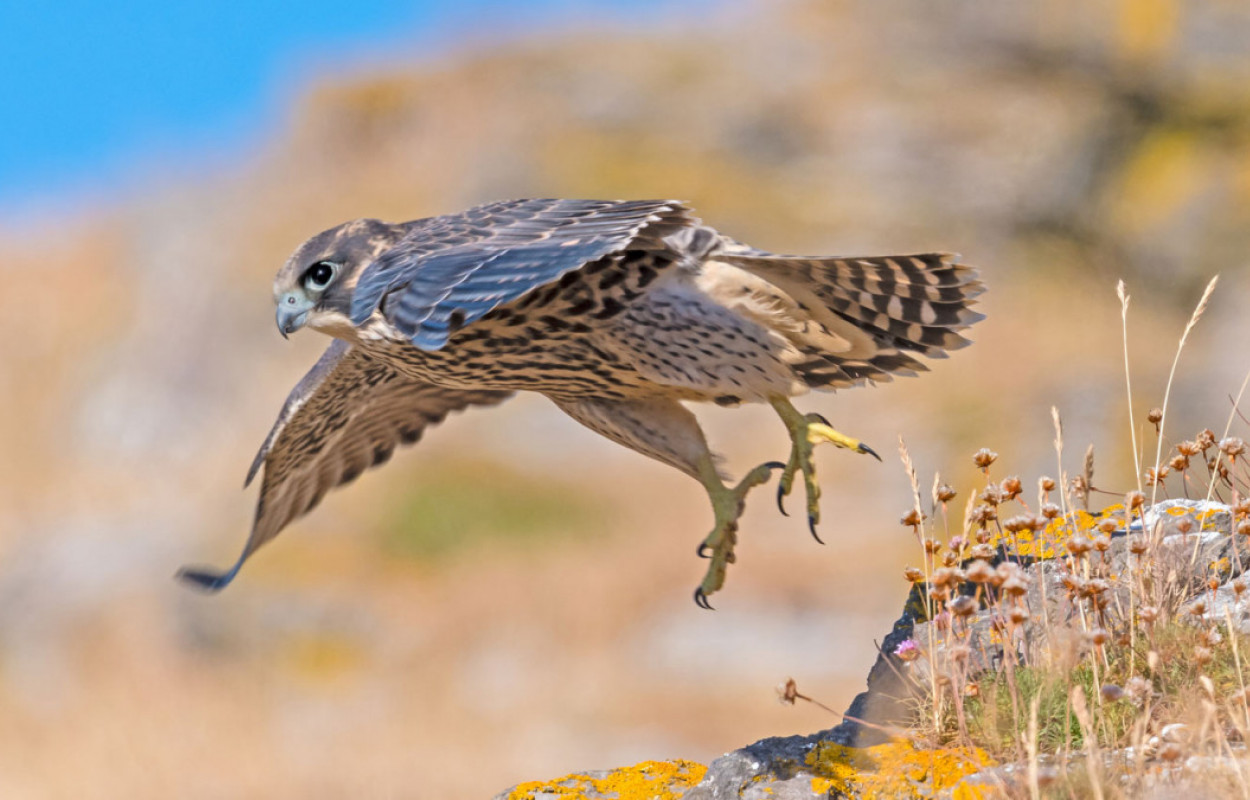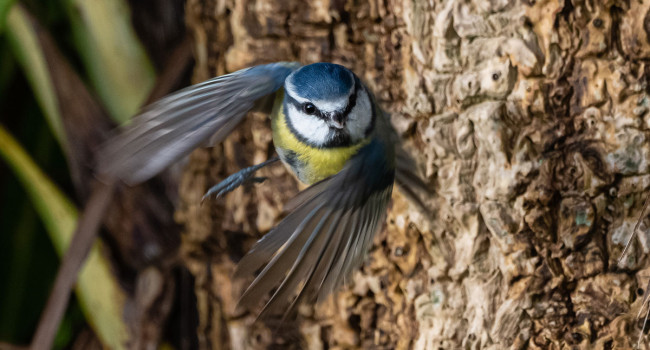Contrasting long‐term trends in age‐specific survival of Peregrine Falcons (Falco peregrinus) in Britain using smoothed estimates of recovery probabilities

Author(s): Robinson, R.A. & Wilson, M.
Published: February 2021
Journal: Ibis
Digital Identifier No. (DOI): 10.1111/ibi.12943
Abstract
Having undergone a global population crash caused by pesticide impacts on their breeding productivity in the 1950s and 60s, British Peregrines have made an astonishing recovery. They are now breeding in many English counties where they had not previously bred, taking advantage of man-made ledges on quarries, pylons and tall buildings in city centres. Despite this, concerns remain about the status of populations in upland areas, where numbers appear to be limited by food availability and illegal killing.
However, we know relatively little about how survival (i.e. how long individuals live) has varied over time. We used records of ringed birds found dead to look at patterns in survival over the last 50 years. During this time, the overall breeding population of Peregrines has increased more than four-fold, but there was no evidence of any corresponding increase in survival. In fact, although survival of adult birds changed little during this time, survival of birds in their first year apparently decreased.
One limitation of the available ringing data is that they include few observations of Peregrines between ringing and death and very few birds are ringed after they have left the nest. If typical causes of death differ between adult and juvenile Peregrines, this would affect the chances of ringed, dead Peregrines being encountered, potentially leading to bias in our estimates of survival. For example, if young Peregrines are involved more often in fatal collisions with buildings, they might be more likely to found and reported, resulting in juvenile mortality being over-estimated. Conversely, if many young Peregrines are dispersing into areas where they are at high risk of being illegally killed, this would result in lower reporting rates compared with adults, leading us to under-estimate the mortality of young birds.

How might we improve our knowledge? The answer is likely to be by combining new and old methods. Studies being carried out by dedicated Peregrine enthusiasts around the UK are increasingly using rings with PIT (Passive Integrated Transponder) tags (akin to the microchips used in pets) attached, allowing them to be identified by detectors left at their nest sites. This can provide information about where young Peregrines settle down to breed, but tells us less about their travels in between - when they are not visiting locations with detectors. Marking birds with colour-rings (which can allow individuals to be identified through a telescope) could be an effective means of finding out more about the movements and survival of young Peregrines before they start breeding. This, in turn, would improve our grasp of the factors affecting Peregrine populations, and our ability to manage and conserve this special bird.
Notes
We are extremely grateful to all the ringers who have gone to great efforts to ring Peregrines over the years and to all those who have taken the trouble to report the dead birds they have found. The Ringing Scheme is funded by BTO, JNCC (on behalf of Natural England, Natural Resources Wales, Scottish Natural Heritage, and the Department of Agriculture, Environment and Rural Affairs, Northern Ireland) and the ringers themselves.








Share this page